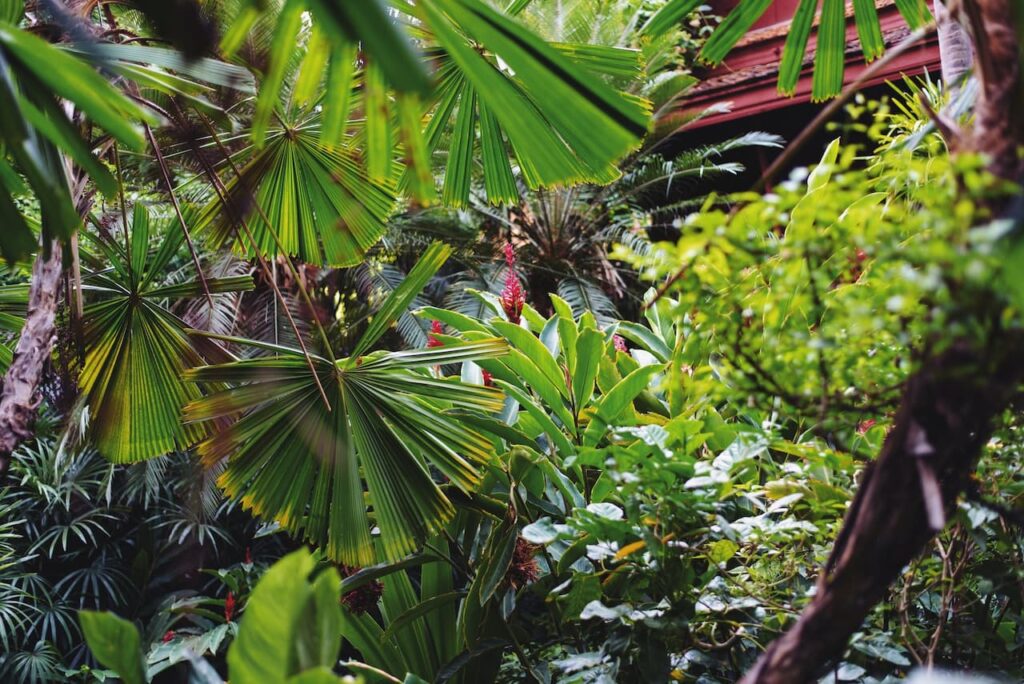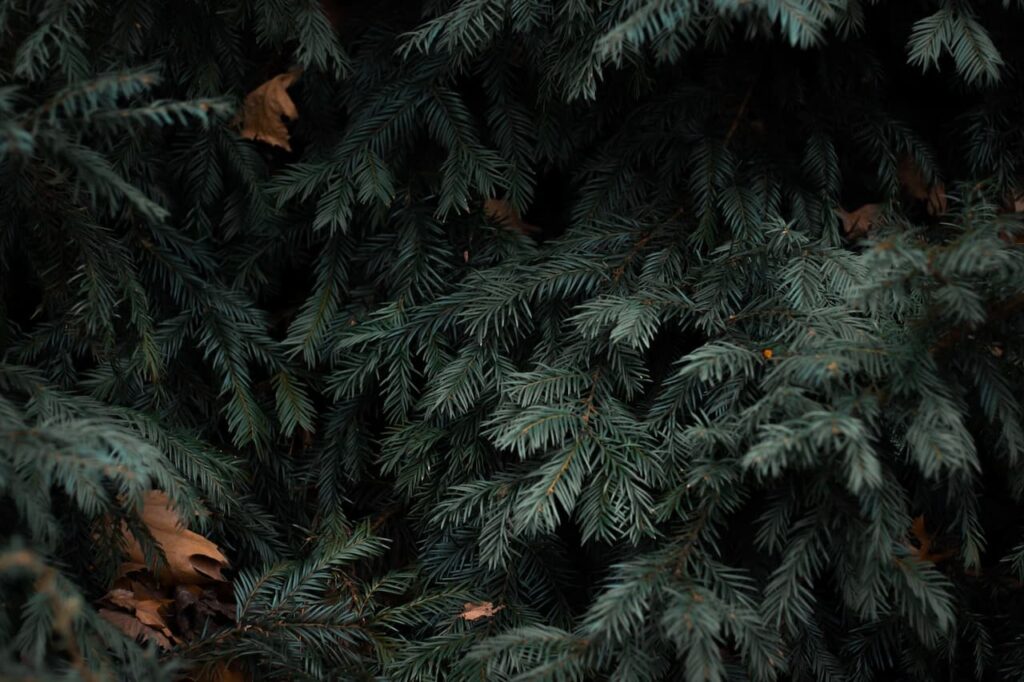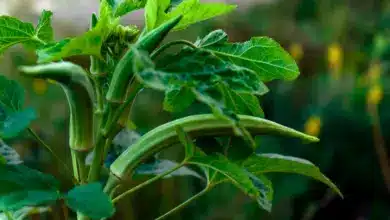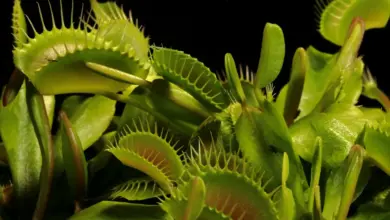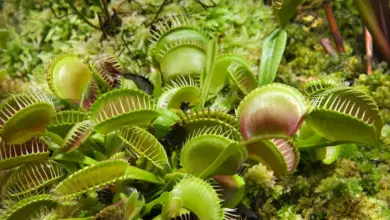November Round-up of Foliage
November can be tricky in the garden design world. October has flash and fire from the autumn color and might still be a wee bit warm in some parts of the country. December is the definitive, no questions asked season where there is no denying that yes, winter is really upon us. But November is that middle ground where you can potentially have some gorgeous sunny, explosive color in foliage combinations or just as easily, twiggy, rotting corpses of branches and leaves and stormy debris.
So, I have decided that this week, I will round up some of the best of the best of what I’ve found for November Foliage interest. Hopefully, this will WOW you with an interesting take on what November may have in store for your foliage future.
Some of us live in a Horticultural wonderland where we get to play with plants from all over the world, even if some of them might be a little picky about cold hardiness.
Some of us live in a Horticultural wonderland where we get to play with plants from all over the world, even if some of them might be a little picky about cold hardiness, such as Libertia, Euphorbia, Phormium, and Hebe.
Layers of decadent conifer texture carry the eye all the way through to the rear when you get deciduous fiery color.

